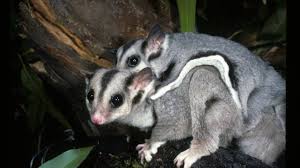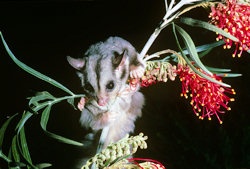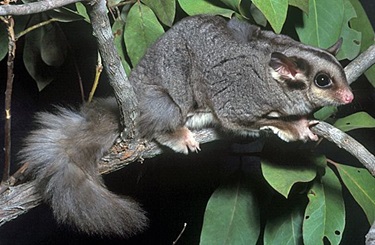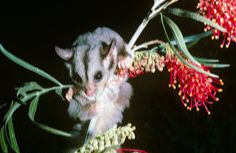
Wildlife Queensland - Squirrel Glider Project at Lower Duck Creek - Wildlife Australia Guide
Gallery
URPoint Details
Squirrel glider habitat recovery project
Bill O'Sullivan's farm at Lower Duck Creek is a key location, as part of a broader Scenic Rim network, for a habitat recovery project to assist the endangered squirrel glider.
The project is being led by the Wildlife Preservation Society of Queensland (Wildlife Queensland) with the help of volunteers across the region. Local farmers, like Bill O'Sullivan are assisting with tree planting and monitoring wildlife motion-sensor cameras that detect the squirrel gliders and other species. 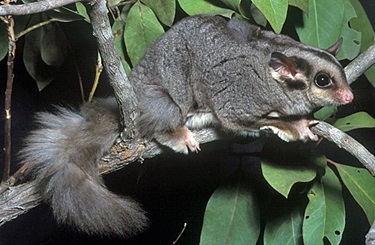
In a recent interview with Wildlife Queensland Scenic Rim Branch, Bill O'Sullivan said of the progress on his property:
“We’ve had about nine of these cameras out for the whole time we’ve been here, a bit over six years. We’ve got quite a big population of squirrel gliders. Even with the recent bushfires in December (2019), the cameras up on the hill were still picking up lots of squirrel gliders.
"We are optimistic they are still there. We think they are amazing creatures and we just want them to maintain their habitat and continue to breed and hopefully thrive to the numbers they should be. “
BACKGROUND: The Scenic Rim Squirrel
- Type:
- Wildlife
- Establishment year:
- 1963
- Keywords:
















